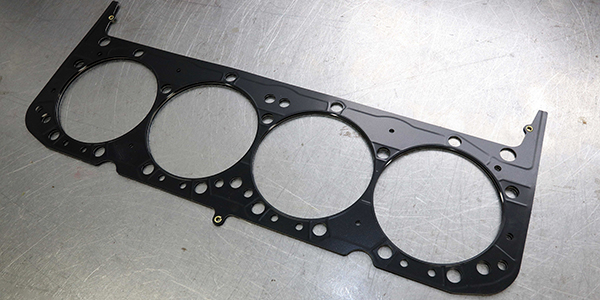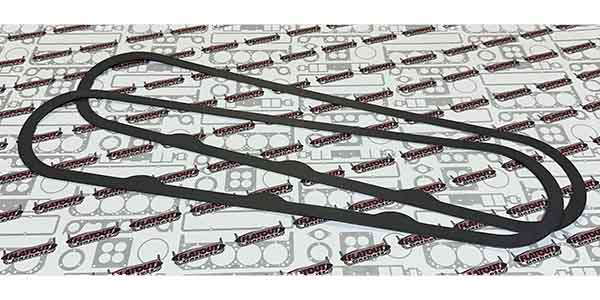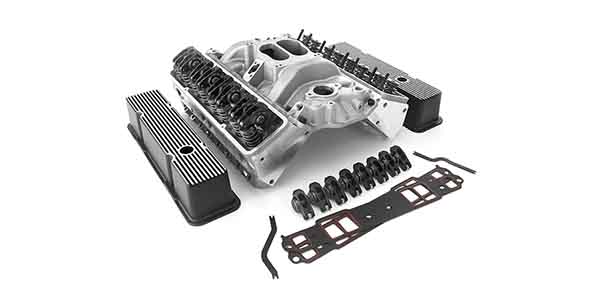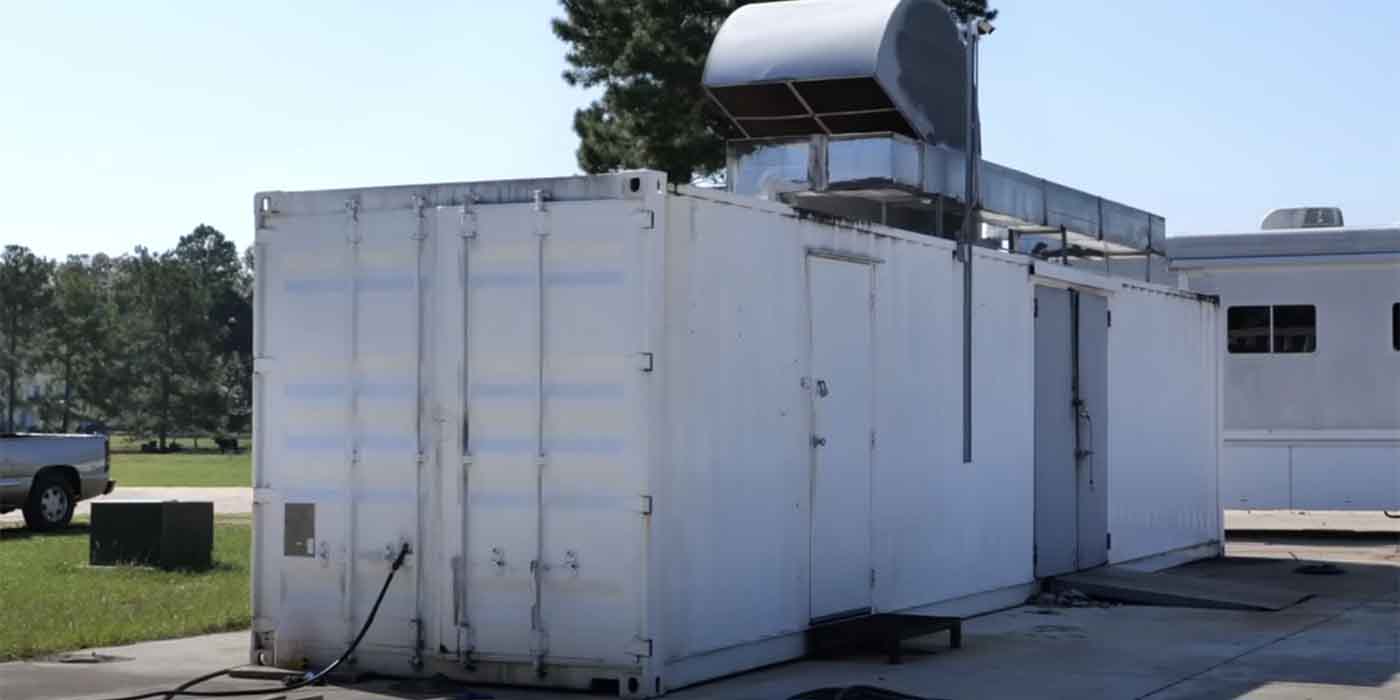As part of our “That’s Not a Stupid Question” content series, readers get to anonymously submit questions about engine topics they might not ask otherwise. This week, we got a question regarding head gaskets. If you have a question you’d like answered, please email Editor Greg Jones at [email protected].
Q: For a 1,500-hp capable engine, should it be sealed with copper or MLS gaskets?
A: While this answer may seem obvious to some, it’s a bit of a loaded question that requires some additional thought beyond horsepower alone. You’ll want to consider boost, tuning, cooling and cubic inches.
However, according to Cometic Gasket, “sealing a 1,500-horsepower engine with an MLS gasket is the norm these days. As long as flat surface finishes and good fasteners are used, there is no reason to not use them. The sealing capabilities of an MLS gasket without any additional o-rings – which cost extra to machine into your block and heads – or sealers, make them the primary choice for most modern builds nowadays.”
The folks at SCE Gaskets largely agree saying, “MLS gaskets from the right manufacturer should have no issues sealing up 1,500 horsepower. However, how much boost you plan to use (or nitrous) in order to get to that 1,500 hp number, does matter.
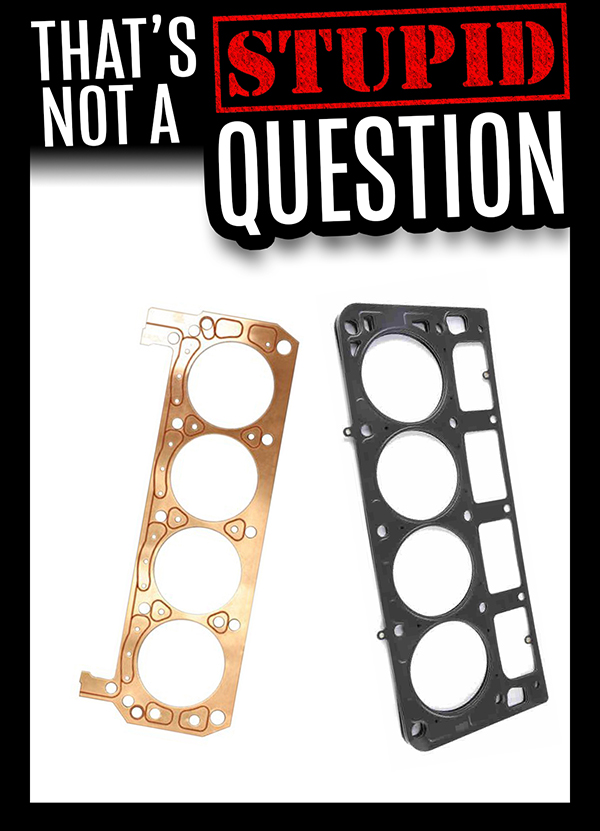
“If you need 40 psi of boost to get your engine to 1,500 hp, you would likely be better sealed with a copper gasket. That said, using 20 psi or even 30 psi of boost, an MLS gasket should have no issue holding (again from the right manufacturer).”
SCE Gaskets says its MLS with Gas Stopper version are capable of sealing 30-35 psi of boost, whereas SCE’s MLS Spartan (standard MLS) can hold 25 psi of boost. In addition to boost, which is the primary determining factor for gasket choice, engine builders and DIYers will also want to consider the engine’s tune, cooling and cubic inches into the gasket equation as well.
“Boost is the biggest determining factor,” SCE says. “Combustion pressures and tuning are a LARGE reason why gaskets will fail. Proper tuning is essential to gasket sealing capabilities.“Another factor would be cooling. If you’re running coolant/water, then MLS is much better with holding that in than copper. If you’re running a dry deck, then a copper gasket would make more sense in our opinion than it would to run an MLS.
“Also important to note, cubic inch plays a big role too. It goes hand in hand with boost. Are you using a big block Chevy that has large cubic inch and a little bit of boost to get to 1,500 hp, or are you using a small, 4-cylinder with 4 bolts per cylinder and boosting it to the moon in order to get there? Cubic inch along with combustions pressures all play a determining role in the equation.”
There you have it. Depending on your unique engine setup and what you plan to use in terms of boost, cubic inches, cooling, tuning, and horsepower all factor into whether MLS or copper gaskets are a better choice. Generally speaking, MLS gaskets are more than capable at 1,500-hp.

